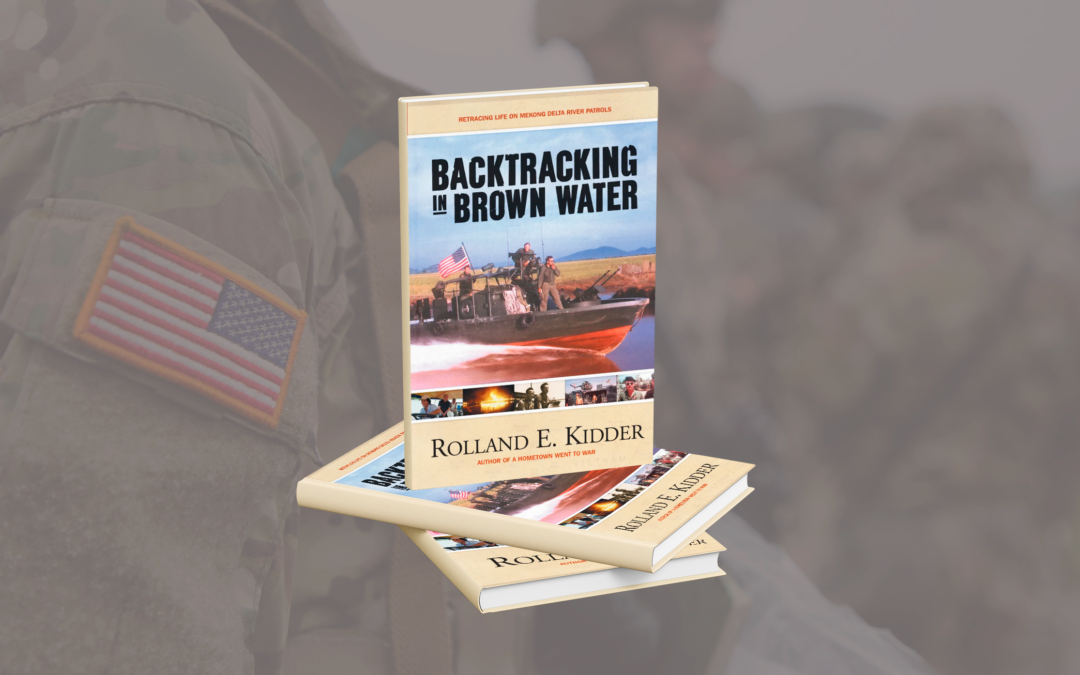Which individual(s) from your time in the military stand out as having had the most positive impact on you and why?:
Day 25. Let’s face it, I didn’t know anything about “Jungle Living” or “Infantry Life”! It was my 25th day “In Country” and also Easter Sunday, March 29th, 1970. So, that said, I think the people that made the biggest impression on me were the first two people I met after the Huey dumped me off in the “landing zone” on log day. The “RTO” from 3rd platoon, SP/5 Gene Tetzlaff, basically “adopted me” and took me under his wing, explaining “how to do this” and “how to do that” and to “expect the unexpected”. Perhaps Gene was more concerned that I’d be walking right behind him as the platoon moved out!











